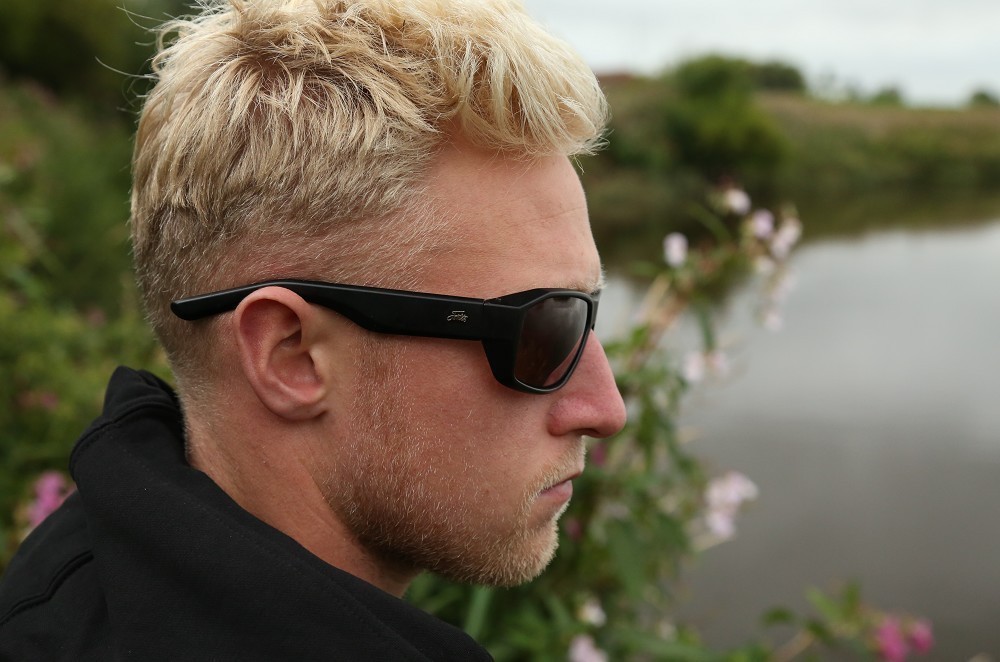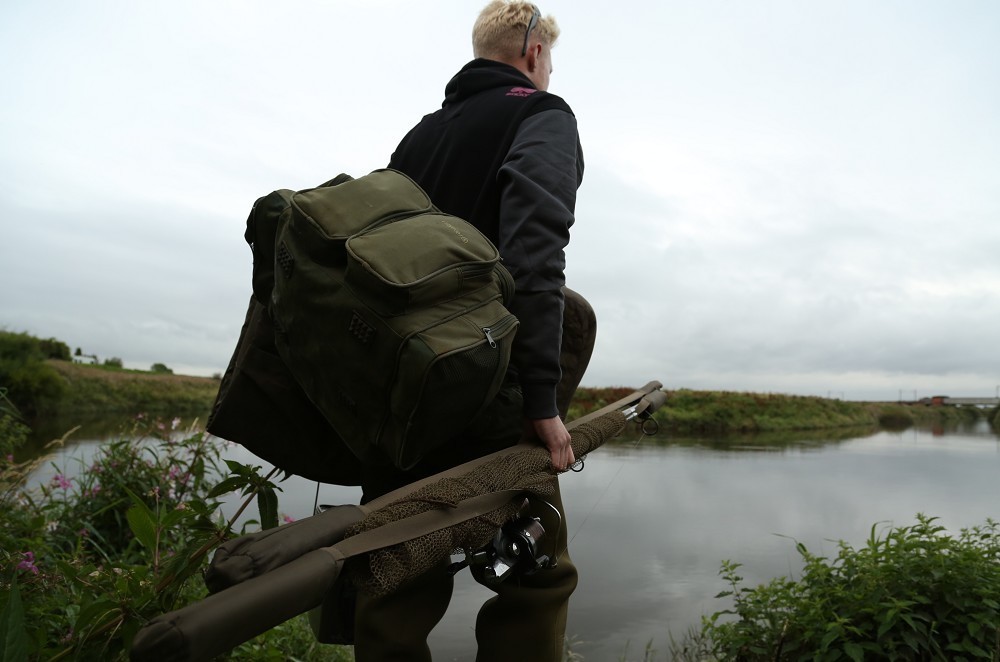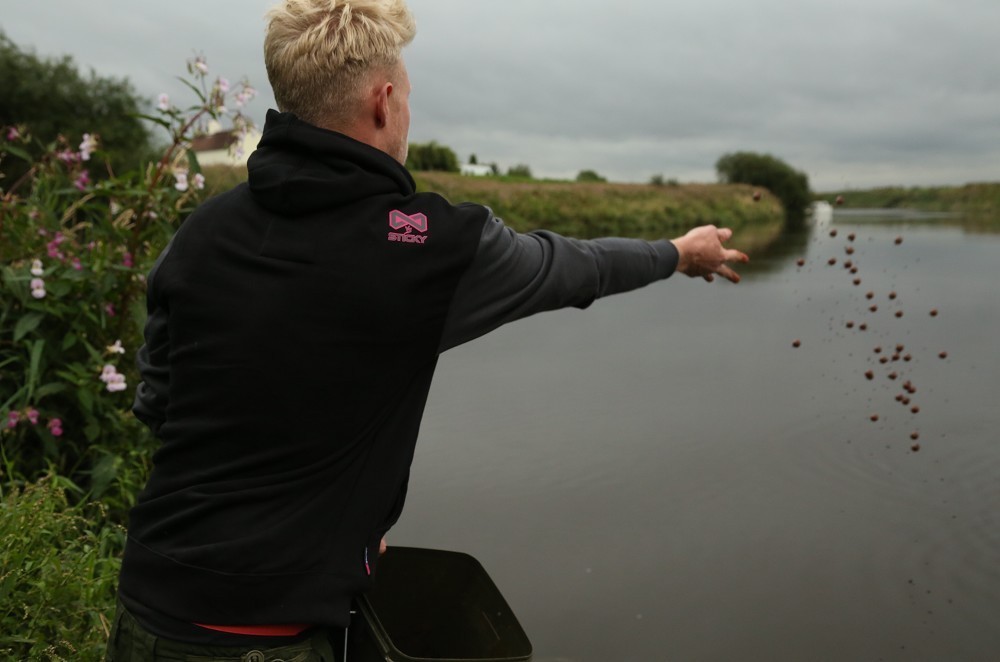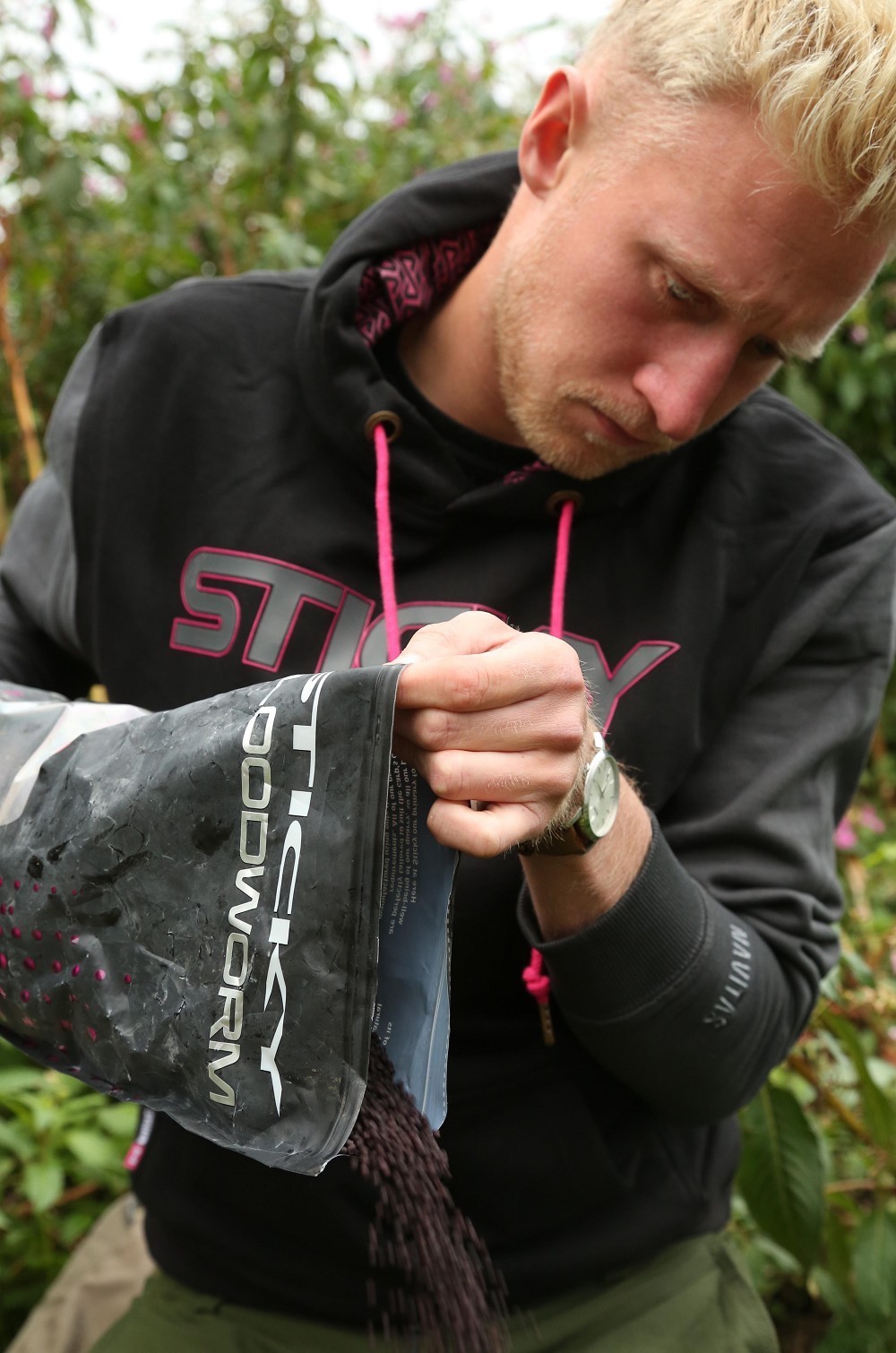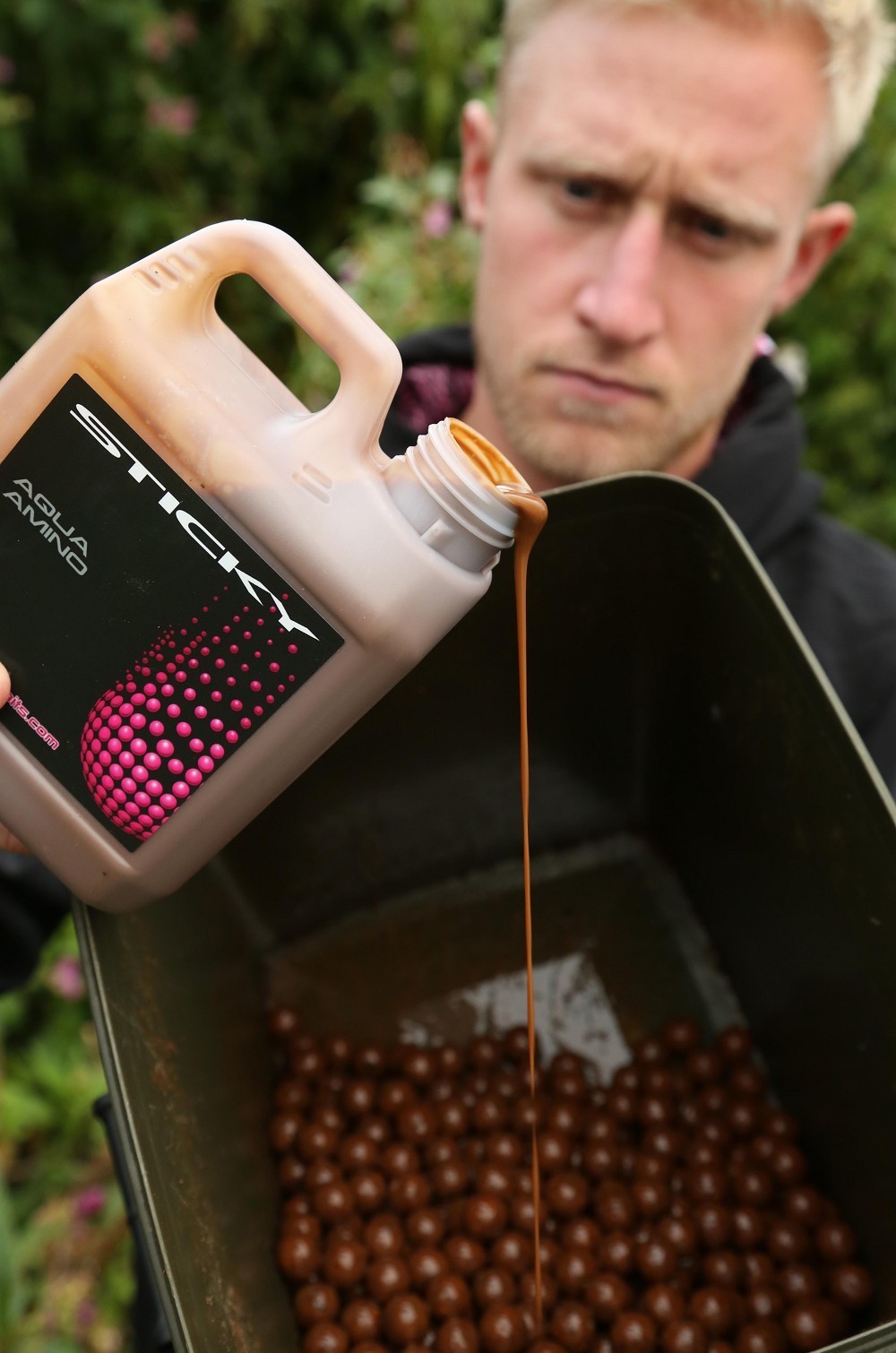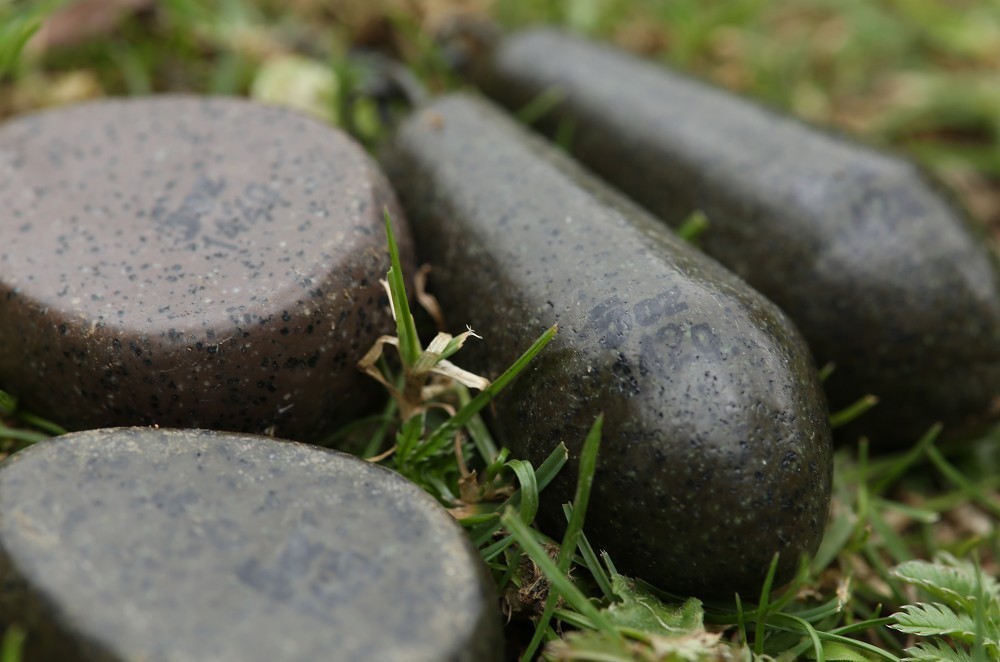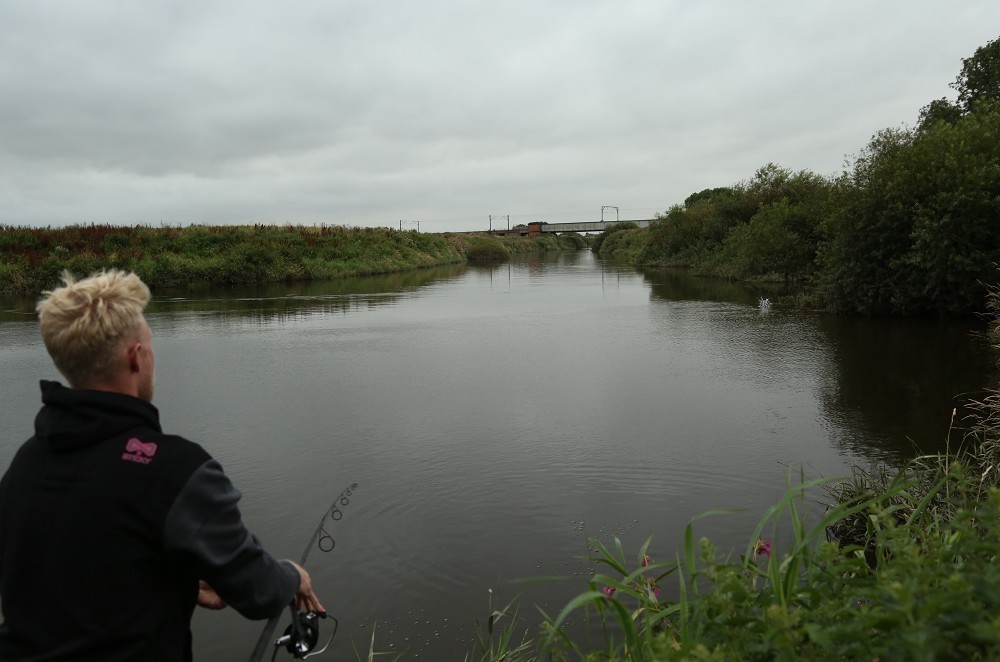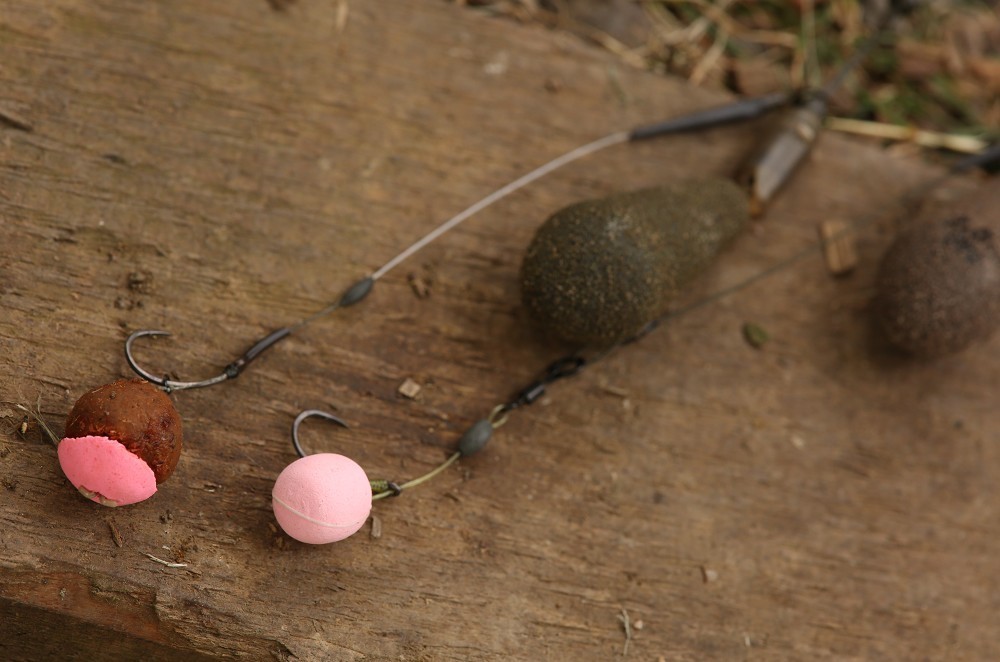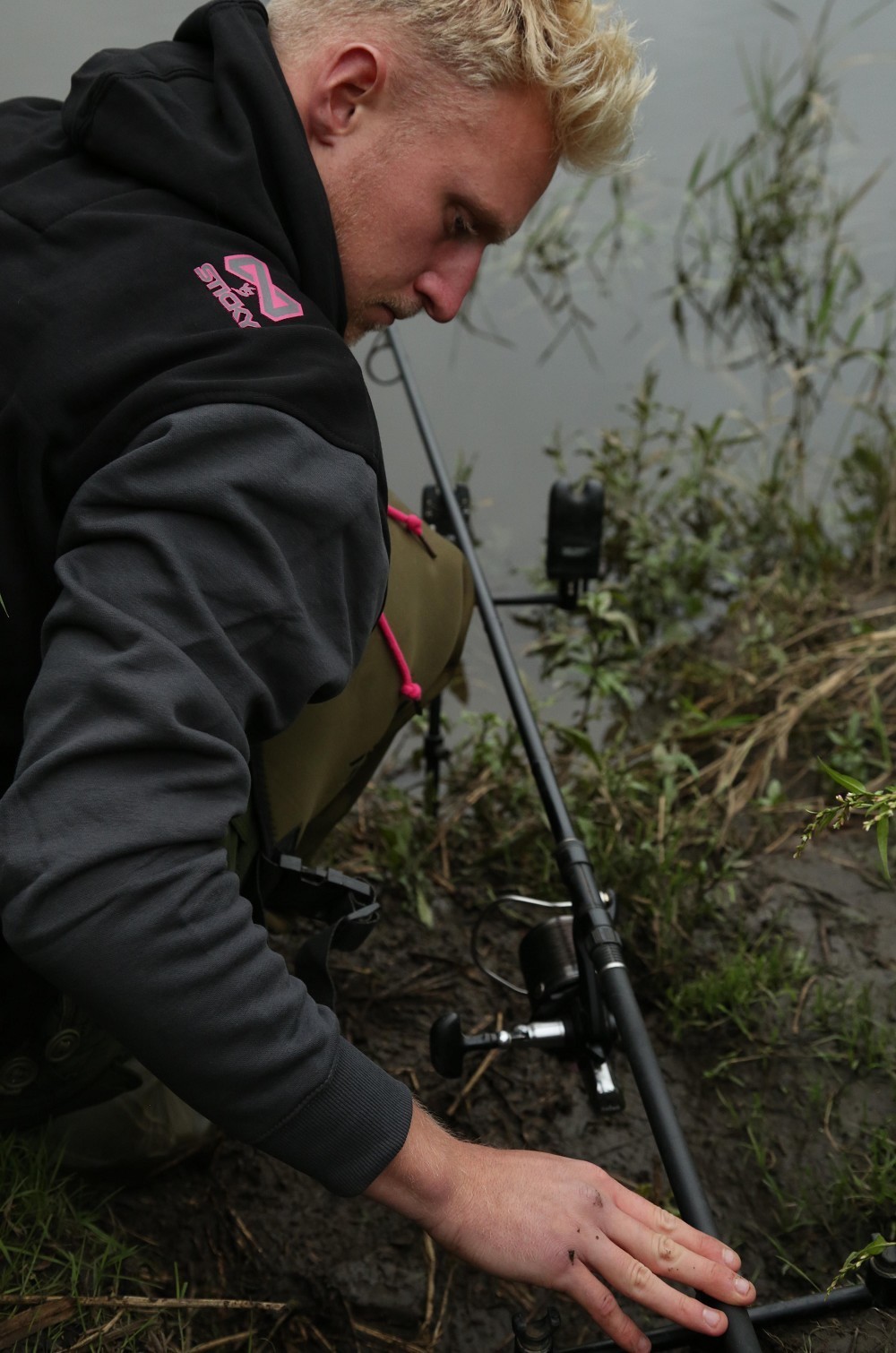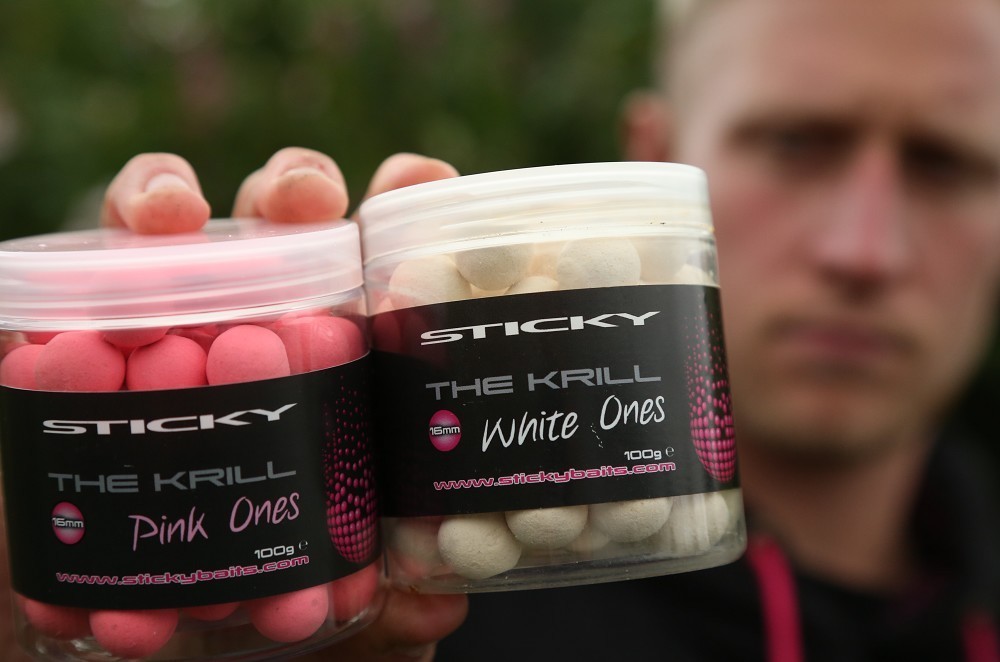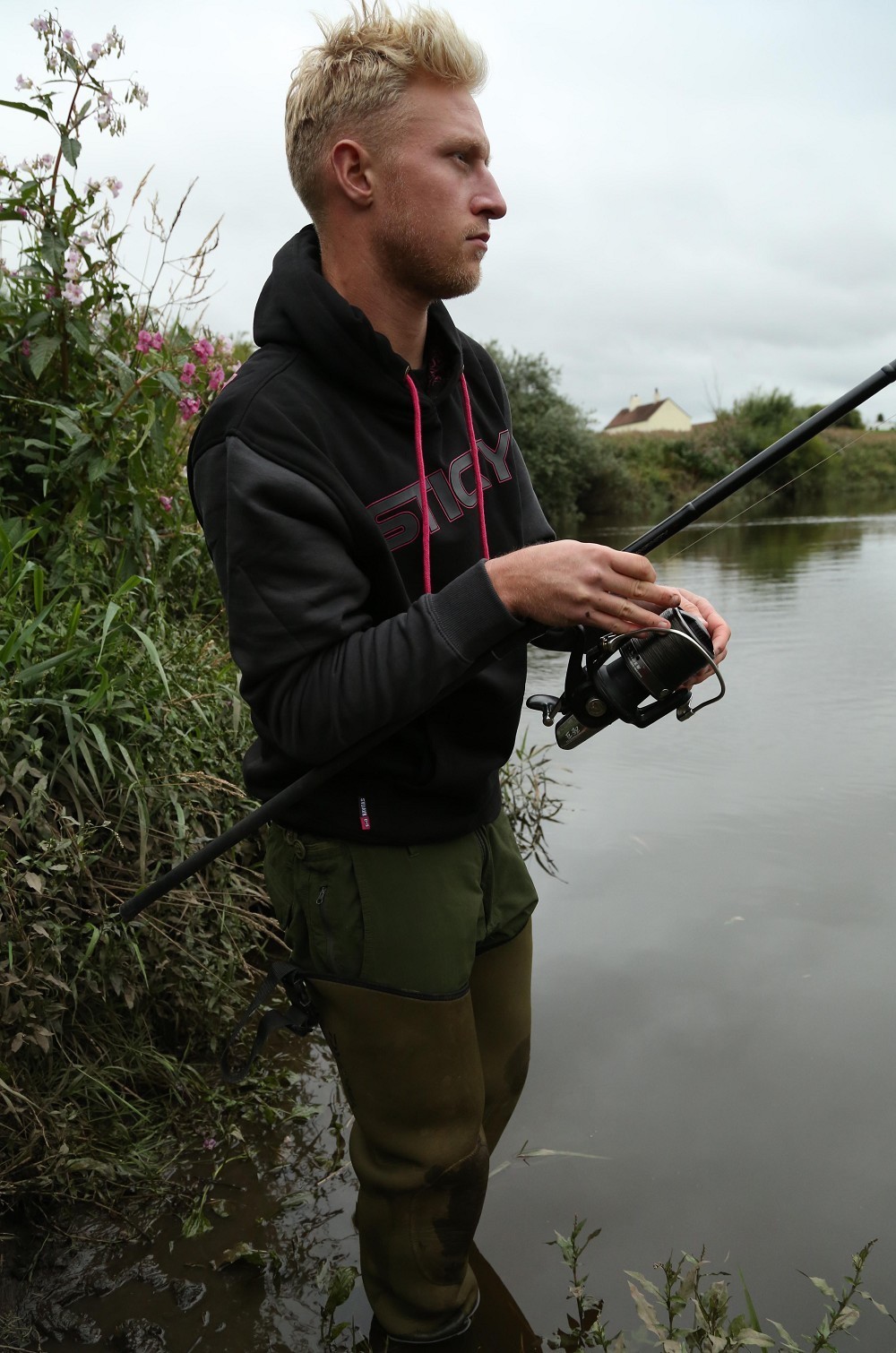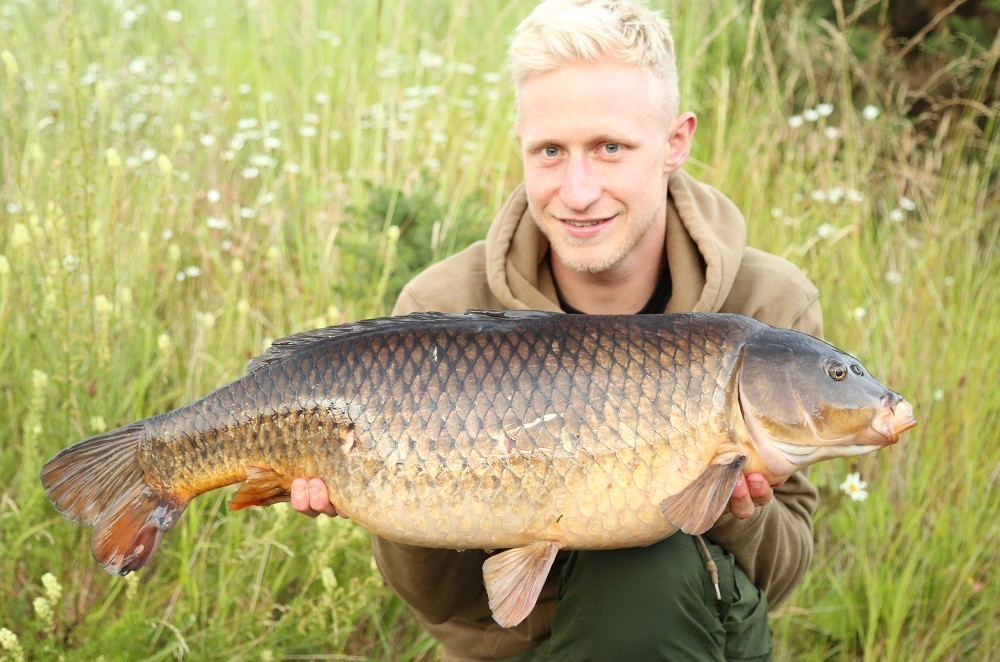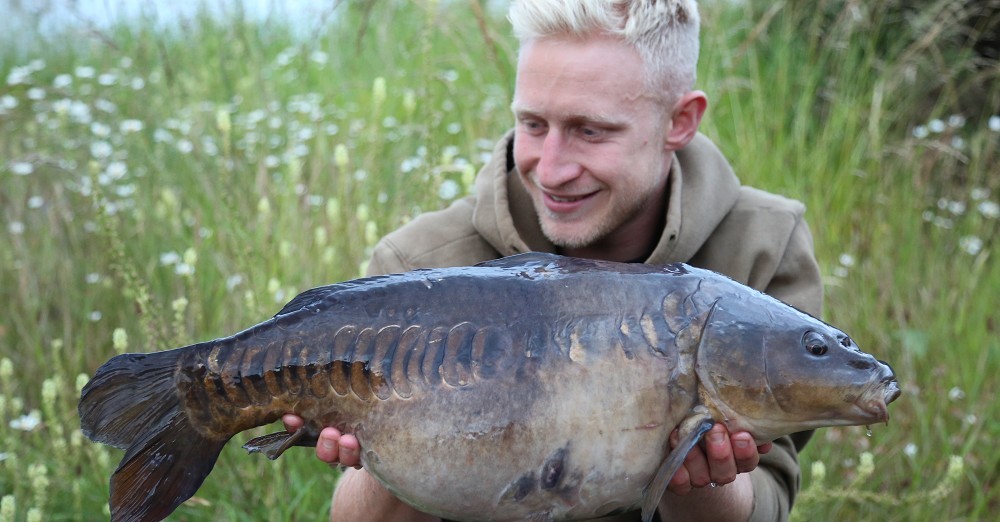
11 steps to making the most out of your local river
Sticky's Jake Wildbore explains...
1 Location
Locating carp in the river is even more important than in lakes to a certain extent and can be a little trickier. They will move miles in a day and sometimes you can be fishing on stretch completely devoid of carp.
It is worth spending most of your time walking up and down the stretch until you eventually find them. A set a polaroids are essential for peering in to the often clear water. Snaggy areas, or even marinas with plenty of boats are a great place to find the fish.
Marinas in particular often hold plenty of fish. Any sort of slack water is a great holding place for carp and I have always found these sorts of spots to be the most productive. They behave like any lake carp too, thriving in weedy areas and anywhere that has a regular supply of natural food.
2 Be mobile
I like to stay mobile in all of my fishing, but the amount you will be moving around it is well worth taking the minium amount of kit with you. I only tend to fish day sessions, so a couple of rods, net, mat, a tackle bag and some bait is all that you need.
River carp are not so pressured and spooky as lake carp, so moving on to fish doesn’t seem to affect them. If nothing has happened in a couple of hours, I will be looking for a move.
3 Pre-baiting
This is perhaps the most important thing when it comes to fishing on a river. Quite often fishing on a hunch isn’t going to work. It may well do, but regularly baiting a spot will keep the fish coming back.
The beauty of river fishing is that it is very quiet compared to lakes and you will be able to bait your own little spot. You shouldn’t have to worry about someone jumping on your spot or even fishing in it when you get down to bait up.
I like to start off by putting some small pellets, hemp and sweetcorn down in the mix. What this does is entice the bream and other smaller fish to feed on the spot and clean it all off.
4 Small pellets
As I have just touched on, adding small pellets is a great way of bulking out your bait. The Bloodworm pellets are addictive to all species and the more activity you can create down on the spot, the greater the chance the carp will want to see what is going on. These pellets also leak out a strong bloodmeal signal and smell in the river is key.
Finally, the more bait the better and I like to put in as much as I can. It can be an expensive prospect, so I use a main mix of either hemp or pigeon conditioner and then add some goodies. Pellets are a great way of bulking out the bait and once I believe the carp are feeding on the spot, I will start introducing boilies.
5 Add liquids
I think it is hugely important to get as much smell in to the swim as possible. It is amazing how much carp can smell and detect food and you can use the current of the river to your advantage. The two will carry that smell for miles as long as you use something that will travel through he water well.
I favour the Aqua Amino for this. It is mega water soluble, which means that it disperses through the water really well. It also absolutely stinks and is perfect for this sort of fishing.
6 Big leads
Depending on the current, a large lead is often more effective than a smaller one. With a small lead there is a chance of a small fish picking up your rig and it landing down the shelf should it eject it.
A large lead will hold its own and will never move until a something substantial like a carp or a bream picks it up. I also favour a larger lead to actually help hook the carp. The fish in the river seem to be built much tougher than in lakes, perhaps they adapt their bodies to suit their environment.
Whatever the reason, the fish seem to have quite tough mouths and they can be a little trickier to actually hook. This is why a sharp hook and a large lead can really help.
7 Snags
Quite often the calm water and safety of the snags make them a great place for fish to hold up. Sometimes the water can be slightly shallower underneath too and providing you can get enough elevation, you can actually see if fish are feeding on the bait you are putting in.
They are a good reference point too and you always know where to bait and when not too. It is always worth putting at least one rod to a snag and the other two in the main stretch of the river.
8 Rigs
I like to keep things very simple but ensure they are as effective as they can be. I am convinced that they will be picked up by numerous nuisance fish, so want a stiff hooklink to enable it to reset itself everythime. I use combi-links, with the main boom section being a stiff IQ fluorocarbon hooklink.
I like to use one bottom bait and one on a pop-up if I am using two rods. I only really use the pop-up if I think the bottom isn’t clean or the bream are plaguing me. A hinged stiff link is something that the bream tend to ignore and if I need to avoid them, that is what I will use.
I also prefer a helicopter system. The bottom is never always really clean and I want everything to sit on top of any debris. If I am moving swims and don’t want to lead about, I know that a single cast with a helicopter rig may not spook anything and will be presented well.
9 On lock down
It is important to keep your rods nice and secure. Most of my river fishing is done close in and when you get a bite all hell breaks lose. These fish really do scrap hard and when you are fishing just a few yards out, there is only one place that they can go.
I make sure my sticks or buzz bars are firmly in the ground and my rods are locked in to my back rests. I also don’t set the clutches to tight; as there is still a chance you could lose a rod.
10 Bright baits
Particularly when moving on to fish and fishing with a minimal amount of bait, bright baits are a great way of getting a bite. I tend to use them all the time, whether it be a tipper to a bottom bait or a stand alone pop-up.
The fish are moving through quickly and sometimes that little fleck of colour can be enough to grab their attention. I like the Krill pop-ups, mainly because they absolutely stink.
I always carry my thigh-waders wherever I go. Not only does it allow me to stand in the margins and cast to areas that other people cant, it also helps me fish quiet, untouched swims too.
Even a little 1ft stream is enough to put people off going through, but I have found some lovely little spots just round the corner from popular areas, just by wading through some water to get there.





